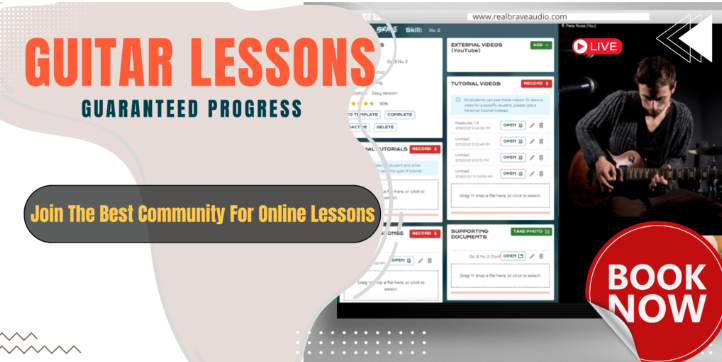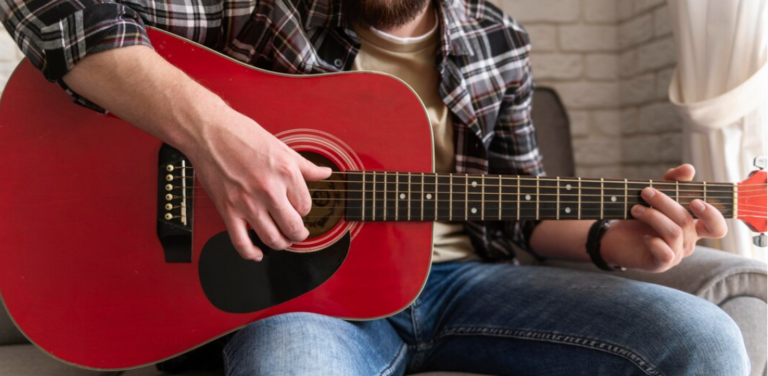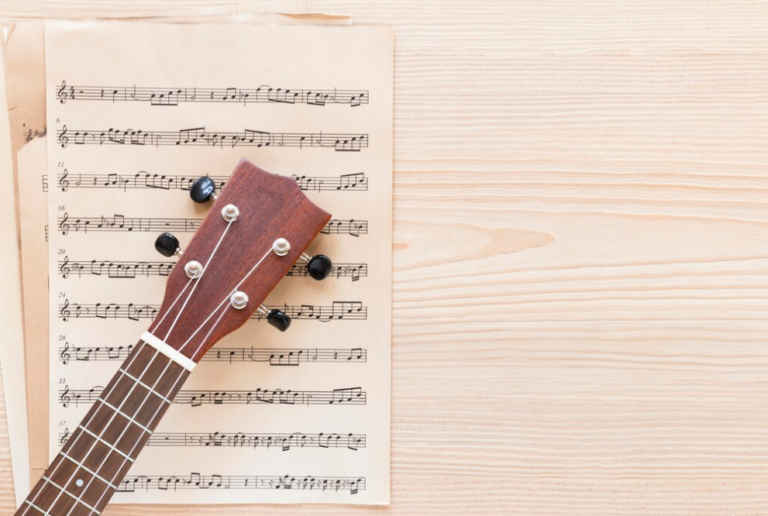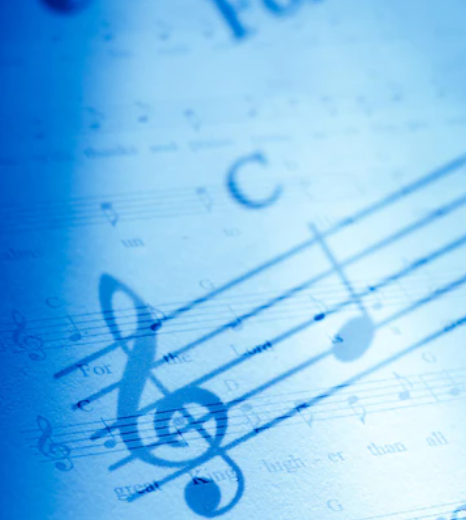Understanding Basic Music Theory for Guitar: Chords, Scales, and Keys
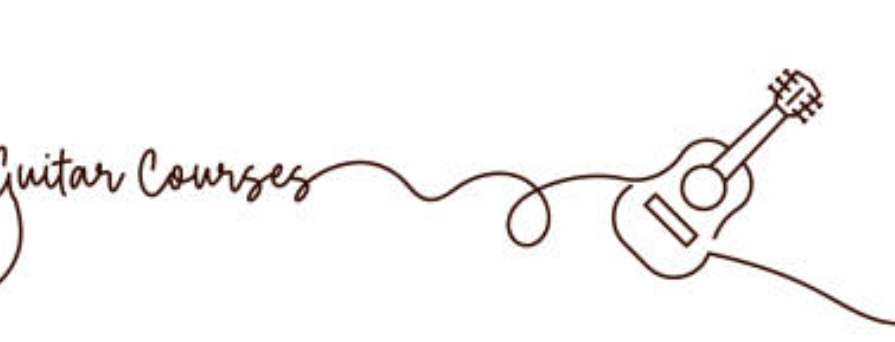
If you’ve ever picked up a guitar and felt overwhelmed by all the notes, chords, and patterns, don’t worry, you’re not alone. Music theory can seem like a complicated mess, but once you break it down, it’s really just a set of rules that help everything make sense.
This guide will walk you through the basics of music theory for guitar, covering chords, scales, and keys in a way that’s easy to understand.
What Is Music Theory, and Why Does It Matter?
Music theory is the set of principles that explains how music works. Think of it like the grammar of music—understanding it helps you make sense of what you’re playing. While you don’t need to know theory to play guitar, it will make you a better player, help you communicate with other musicians, and make learning new songs much easier.
Chords: The Foundation of Guitar Playing
A chord is simply a group of notes played together. On the guitar, a chord is made by pressing down on the strings at different frets while strumming.
Basic Chord Types
- Major Chords – These sound happy and full. Common major chords include C, G, D, A, and E.
- Minor Chords – These sound sad or mellow. Common minor chords include Am, Em, Dm, Bm.
- Power Chords – Used in rock and metal, power chords are simple two-note chords that sound strong and aggressive.
- Seventh Chords – These add a little tension and are common in blues and jazz (e.g., C7, G7, D7).
If you’re a beginner, start by learning open chords like C, G, D, A, and E. These form the foundation for hundreds of songs.
Scales: The Building Blocks of Melody
A scale is a sequence of notes played in order. Scales are the foundation of melodies, solos, and improvisation.
Common Guitar Scales
- Major Scale – The foundation of Western music, used in happy and uplifting songs. Example: C Major Scale (C-D-E-F-G-A-B-C).
- Minor Scale – Used in darker, sadder music. Example: A Minor Scale (A-B-C-D-E-F-G-A).
- Pentatonic Scale – The go-to scale for rock, blues, and pop. It’s simple and sounds great over almost any chord progression.
- Blues Scale – A pentatonic scale with an added “blue” note that gives it a bluesy feel.
Practicing scales helps you develop finger strength, speed, and the ability to solo confidently.
Keys: The Framework of a Song
A key is the set of notes and chords that a song is based on. It tells you which chords and scales sound good together.
Understanding Key Signatures
- A song in C Major will primarily use chords like C, G, Am, F, Dm, Em.
- A song in A Minor (which is related to C Major) will use chords like Am, G, F, C, Dm, Em.
- Songs in G Major will often use G, D, C, Em, Am.
If you know what key a song is in, you can predict which chords will appear and which scales will work for solos.
How It All Comes Together
When you play a song, you’re using chords that fit into a key. If you want to play a solo, you use a scale that matches that key. Understanding how these elements connect helps you:
- Write your own songs
- Improvise guitar solos
- Figure out songs by ear
- Play confidently with other musicians
Final Tips for Learning Music Theory on Guitar
- Learn One Concept at a Time – Don’t try to memorize everything at once. Start with basic chords, then move to scales and keys.
- Practice with Real Songs – Apply theory by learning songs you love.
- Use a Guitar Theory App or Book – Tools like fretboard diagrams and theory guides can make learning easier.
- Play With Others – Jamming with friends will help you see how theory applies in real-time.
Music theory isn’t just for classical musicians, it’s for every guitarist who wants to get better. The more you learn, the more freedom you’ll have to play and create music effortlessly. So grab your guitar, start practicing, and enjoy the journey.
Interested in taking your guitar skills to the next level? Click the below and book a free lesson with us! We’re committed to helping you express yourself freely on the guitar without endless scales and theory. Happy playing!
Author: Daniel Powers Jr, the founder of Real Brave™, serves as the chief inspiration to thousands of students in the Real Brave music instruction program. He’s also the visionary behind PracticePad™, an online platform for live one-on-one online music lessons, lesson tracking, and scheduling. Beyond his entrepreneurial pursuits, Daniel leads a non-profit organization that provides formerly homeless children with access to music education, making a profound impact on their lives. His unwavering dedication to music, innovation, and education continues to inspire individuals to reach their fullest potential while creating positive change in communities. Follow Real Brave on all the socials:
youtube.com/@realbraveinc
twitter.com/realbraveinc
https://www.tiktok.com/@realbraveinc
instagram.com/realbraveaudio
facebook.com/realbraveinc
